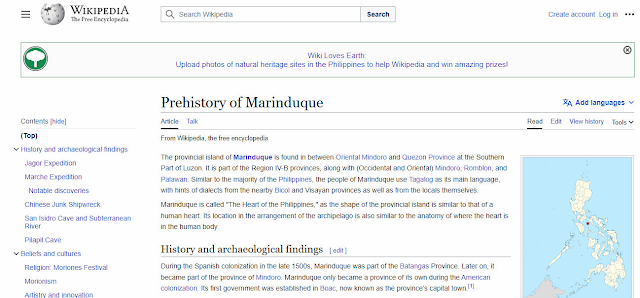Nawindang lamang ako. Una naming pinalabas sa Boac Town Plaza noong 1992 para sa pista ng bayan ang Mara Unduk. Tungkol ito sa alamat ng dalawang buwan. si Mayana at si Buwana na nagpaikot sa buhay ng mga taga Mara Unduk (nasa ibaba ang buod ng istorya}.
Taong 2013, biglang pumasok sa eksena ang NASA para pag-aralan diumano sa unang pagkakataon ang misteryo ng dalawang buwan sa ating mundo...
Who wouldn't be intrigued? The earth had two moons? My original 1992 Mara Unduk story that our community theater group developed as a dance-drama depicted exactly that, How one of the two celestial bodies crashed onto the earth when a moon goddess was angered causing an end-of-days scenario. Few survivors were washed into an island that sprang from the sea, building a community there, yet over time old mistakes were committed, spreading chaos and corruption, angering the gods once more and causing a new delubyo. Enlightenment ensued finally thereafter.
Now, NASA is investigating the two moon theory, part of its GRAIL Mission launched from Kennedy Space Center on September 10, 2013, watch video.
| The MARA UNDUK Story by Eli J. Obligacion In the days of Bathala,
when two moons still sailed the sky, the earth was inhabited by highly-gifted
spirit-people who lived in harmony with all existence. Such immense powers they
possessed, for they controlled the four elements of Fire, Air, Water and Earth. |
 |
| Mayana angered. Over time, they became too proud to the point that Mayana, the Goddess of the Lower Moon, was angered, smashing her lunar abode onto the earth. |
 |
| Unang Delubyo. This was known as the first upheaval - that caused an island to spring from the bottom of the the ocean. The few survivors named it Mara Unduk, sea mountain. |
 |
| Magic Strange dreams haunted the people for a long time. Through magical rituals they began to understand those dreams with the help of the spirit-protector, Marindik. |








































